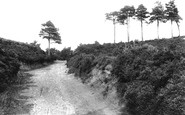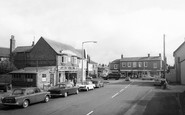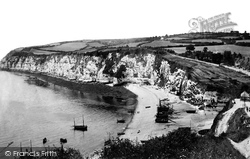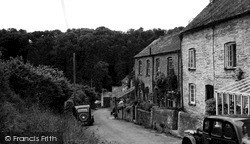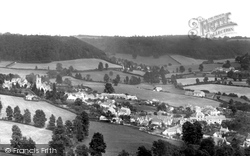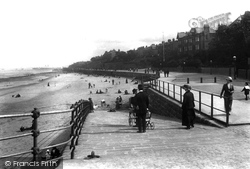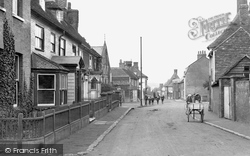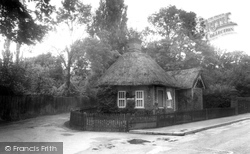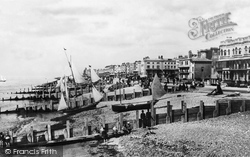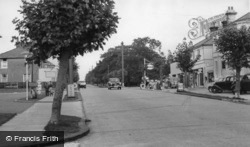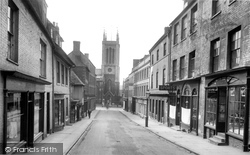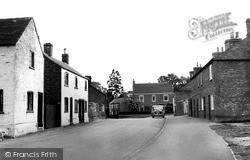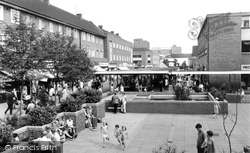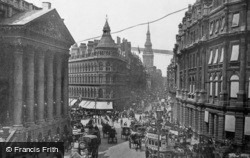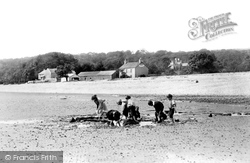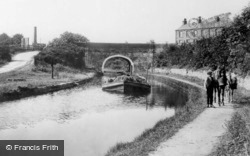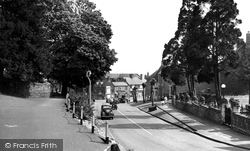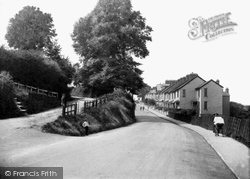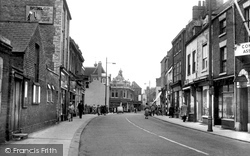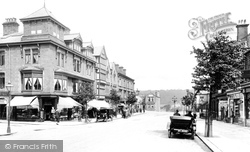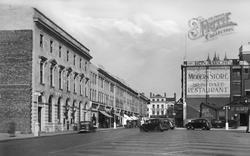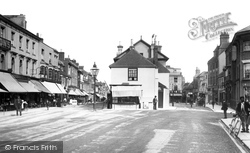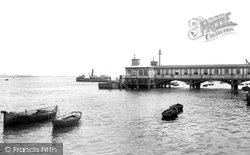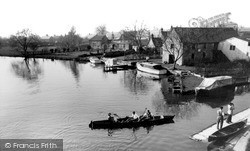Places
36 places found.
Did you mean: downs or doune ?
Those places high-lighted have photos. All locations may have maps, books and memories.
- Bangor, County Down
- Newcastle, County Down
- Greyabbey, County Down
- Donaghadee, County Down
- Downpatrick, County Down
- Portaferry, County Down
- Dromore, County Down
- Downings, Republic of Ireland
- Hillsborough, County Down
- Killyleagh, County Down
- Ardglass, County Down
- Rostrevor, County Down
- Dundrum, County Down
- Newtownards, County Down
- Warrenpoint, County Down
- Ballygowan, County Down
- Ballywalter, County Down
- Ballyward, County Down
- Bishops Court, County Down
- Boardmills, County Down
- Culcavy, County Down
- Katesbridge, County Down
- Killough, County Down
- Millisle, County Down
- Portavogie, County Down
- Saul, County Down
- Seaforde, County Down
- The Diamond, County Down
- Audleystown, County Down
- Kearney, County Down
- Annaclone, County Down
- Ballyhalbert, County Down
- Ballymartin, County Down
- Clare, County Down
- Conlig, County Down
- Dollingstown, County Down
Photos
994 photos found. Showing results 1,021 to 994.
Maps
459 maps found.
Books
Sorry, no books were found that related to your search.
Memories
8,148 memories found. Showing results 511 to 520.
Standon Life.
I had a wonderful childhood growing up in Standon. I went to the old school in Standon High Street. We walked across the road to have dinner in the village hall. We had the luxury of a swimming pool - outdoor changing rooms. We had drinking ...Read more
A memory of Standon by
Boyhood Memories Of Ivanhoe Aston
I have very fond memories of Ivanhoe Aston. My Aunt & Uncle Tom & Florence Boanson moved there from Sunderland in 1939 along with their 2 sons George & Tom. To my knowledge they were the first tenants ...Read more
A memory of Ivinghoe Aston by
Grand Living At Moresdale Hall, Lambrigg
We came to a deserted Moresdale Hall in the 1980s and spent several years refurbishing it. Because it had 2 front doors and 2 staircases we were able to divide it and share it with my brother's family. It ...Read more
A memory of Moresdale Hall
A Polzeath Lad
I grew up in Polzeath and my two best mates also lived in the area, sadly, both dead now. I remember in the summers the CSSM coming down and staying in New Polzeath, arranging lots of beach games in the afternoons but building a 'Pulpit" ...Read more
A memory of Polzeath by
Gone For Ever
IN THE 1940s TILL THE 1960s, NUNHEAD WAS FULL OF STREETS OF HOUSES THAT HAD MANAGED TO SURVIVE THE WAR YEARS, EVERYONE KNEW EVERYONE, MOTHERS WOULD CHAT AT THE FRONT GATES OF THEIR HOUSES, THE CHILDREN PLAYED IN THE STREETS WITH NO FEAR OF ...Read more
A memory of Nunhead by
Fox Hill
I was told that the Queen was in the area to meet the regiment that was in situ on Fox Hill when war broke out. Because the road up to the hill was in a bad state due to being just a track , the army put down a concrete road up one side and ...Read more
A memory of Ash by
Memories
I was born in 54 Mill Street, Trecynon. As was my sister, our mother and her brothers and sitsters. A little 2 down 2 up, stone cottage. It was on the top of the hill, and we could run down "the trip" as we called it, and play there, ...Read more
A memory of Trecynon in 1947 by
Coronation Day
My mother took short term housekeeping positions and in 1953 we lived in Westbrook House in Westbrook village, looking after Sir Edgar and Lady Ludlow Hewitt. He was a gentleman farmer and I sometimes drove around his land with him in ...Read more
A memory of Bromham in 1953 by
Park House Farm
My wife and I spent one year ( circa 1953 ) living in an apartment at Park House Farm where Tony Warner raised sugar beets and pigs. The Manor House was built on a Roman foundation which then formed the basement of the building. ...Read more
A memory of Snettisham by
The Queen's Visit
I cannot be specific as to the date of the Queen's visit because I was very young at the time. On the left hand side of the road you can see what was at one time the post office but which later became a carpet shop. On the ...Read more
A memory of Little Sutton in 1956 by
Captions
2,242 captions found. Showing results 1,225 to 1,248.
It eventually burnt down in a spectacular blaze on 16 May 1985 which took 11 fire crews to extinguish. The site is now occupied by flats, built in 1988.
Jack Rattenbury, the 'Rob Roy of the West', was born at Beer in 1778 and experienced a series of adventures at sea before settling down to a life of smuggling along this wild and lonely
Tideford is at the very head of the tidal creek of the River Tiddy; this lane leads down to the water, with the woodlands of the St Germans estate on the far side.
above the village, it affords panoramic views with the erosion caused by rivers and frost action during the Ice Ages evident in the isolation of the three peaks of Downham Hill, Cam Peak and Cam Long Down
A family walk down Magazine Lane Slipway onto the beach. This is close to the site of the magazines: ships entering the Mersey had to deposit any gunpowder there during their stay in port.
Wye sits beneath the chalk hills of the North Downs; it has a 12th-century church, beautiful Georgian buildings and a college founded in the 1400s by the Archbishop of Canterbury.
The Hall burnt down in 1914, and the estate was sold in 1915. The drive now gives access to areas of housing.
The next building down had been Goymour's the butchers until 1950. Beyond the splash is the timbered Bell Inn, and above it is Stay Barn.
The largest seaside town in West Sussex, Worthing began to grow as a fashionable resort towards the end of the 18th century.
The dawning of the railway age helped in no small way to put Burgess Hill on the map, and the Railway Hotel can be seen on the right in this picture.
As we look south down Ironmonger Street, the view is terminated by St Michael's Church, now gruesomely converted into shops, but I suppose in some way 'saved' from physical if not spiritual destruction
Halfway down on the left, an ironstone wall retains two mullioned windows from a former cottage. Because it was thought to add character to the village, it was saved from demolition.
This view was taken further down the shopping precinct. In the distance are high-rise flats.
Mappin and Webb's corner premises, together with the section of Queen Victoria Street down to Cannon Street, were completed in 1869.
Formerly, it was a sea mill: the tide entered the pool, now ornamental, above it and then drained back down again. The building is now much altered in appearance.
Here we see a barge loaded down with hay, with the two horses taking a break as the photographer creates his picture.
This view is taken further down West Street, with the churchyard on the left and the boundary walls of the Victorian Baptist Church on the right.
Despite additional building and road widening, this scene is still easily recognisable, although a walk down the centre of the road (as the two men are doing) is not advisable.
Owing its rapid development to the Industrial Revolution, the town's streets and buildings tended to be functional rather than attractive.
This view was taken from underneath the railway bridge looking down towards the Wharfe and the next village, Middleton.
As we walk down Northgate Street from the cross, and turn right by Debenhams, we will enter the relatively new area of Kings Square.
A little further down the street, a boy carries a billboard advertising 'Hilton's Boot Sale'. Note the building in the centre by the attractive street lamp - we will see it again.
Gravesend has two Victorian piers: the Royal Terrace Pier of 1843 lies to the east of the slightly earlier Town Pier we see in this view.
The warehouse on the right is now the Riverside Free House, but it and the dock reflect the commerce that made Lechlade a prosperous medieval town, where wool and cheese were loaded onto barges for shipment
Places (198)
Photos (994)
Memories (8148)
Books (0)
Maps (459)



